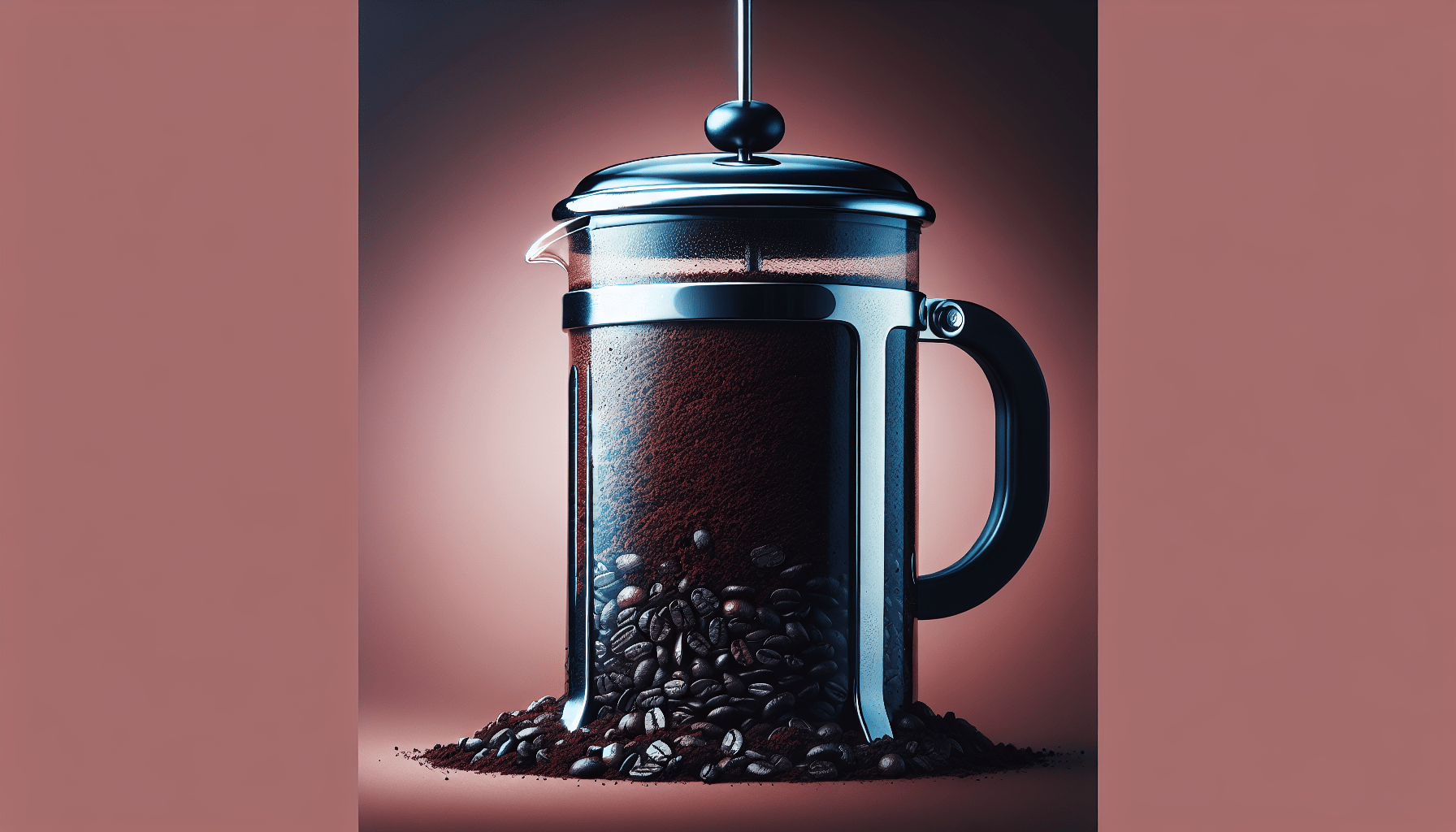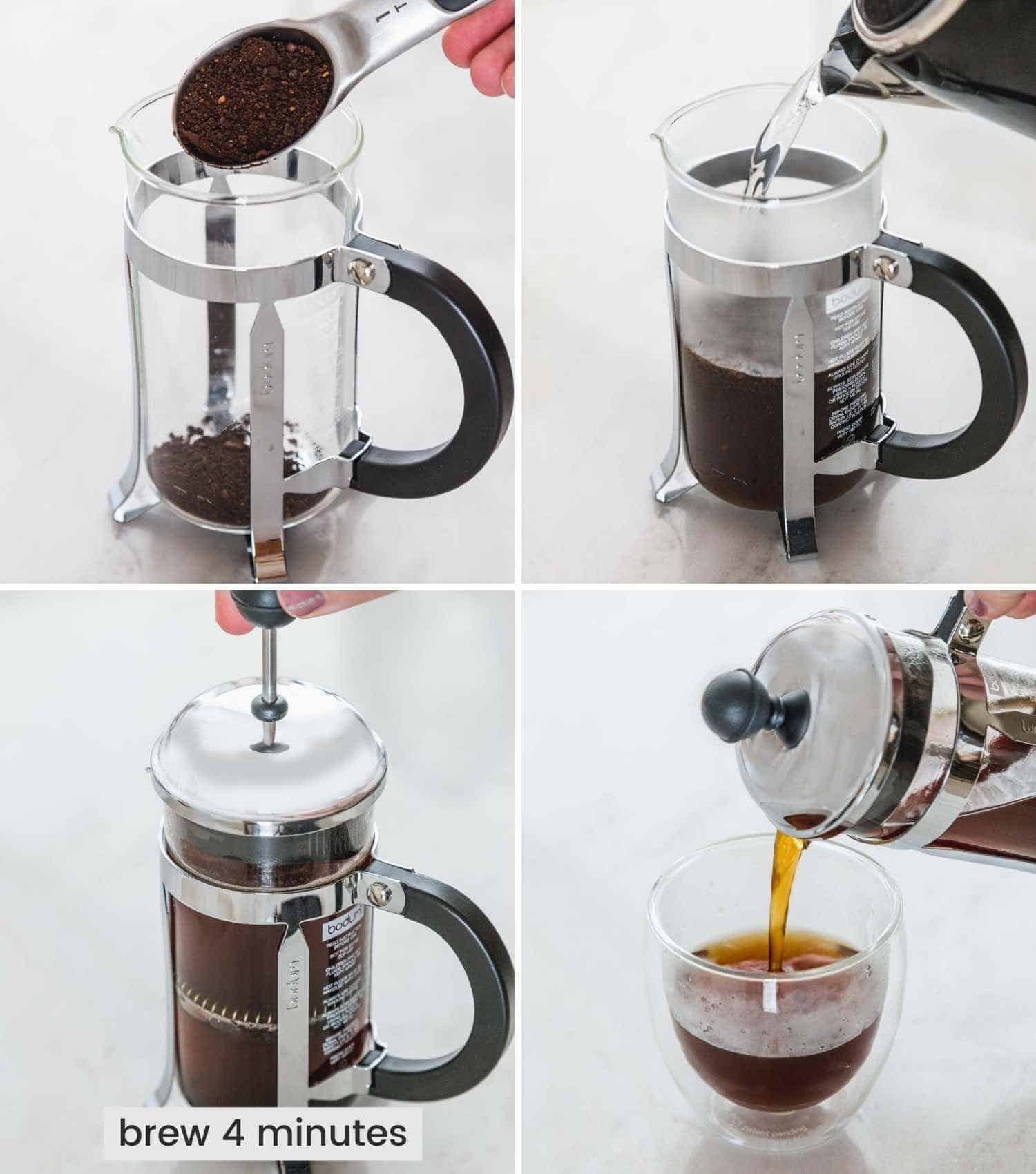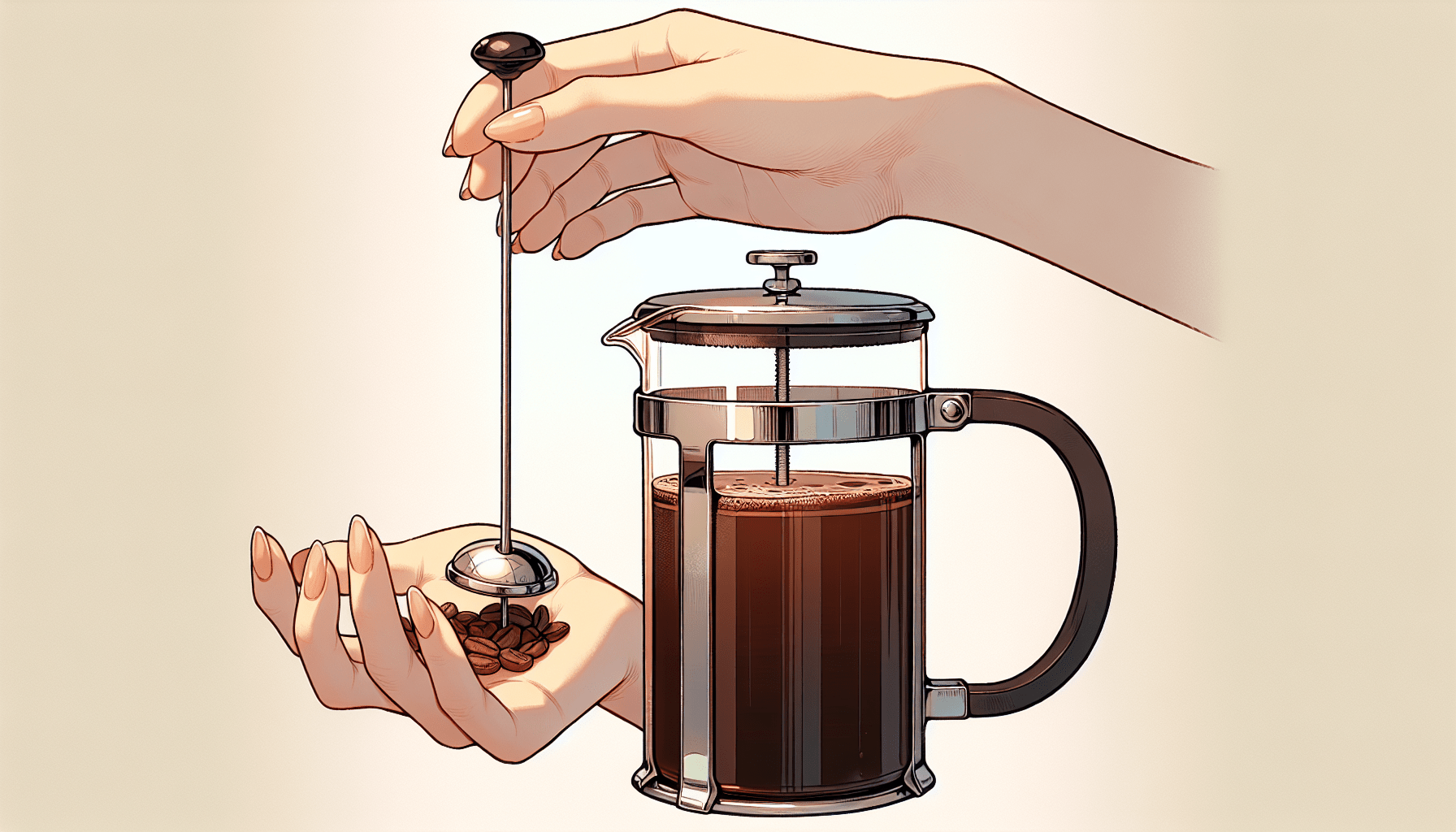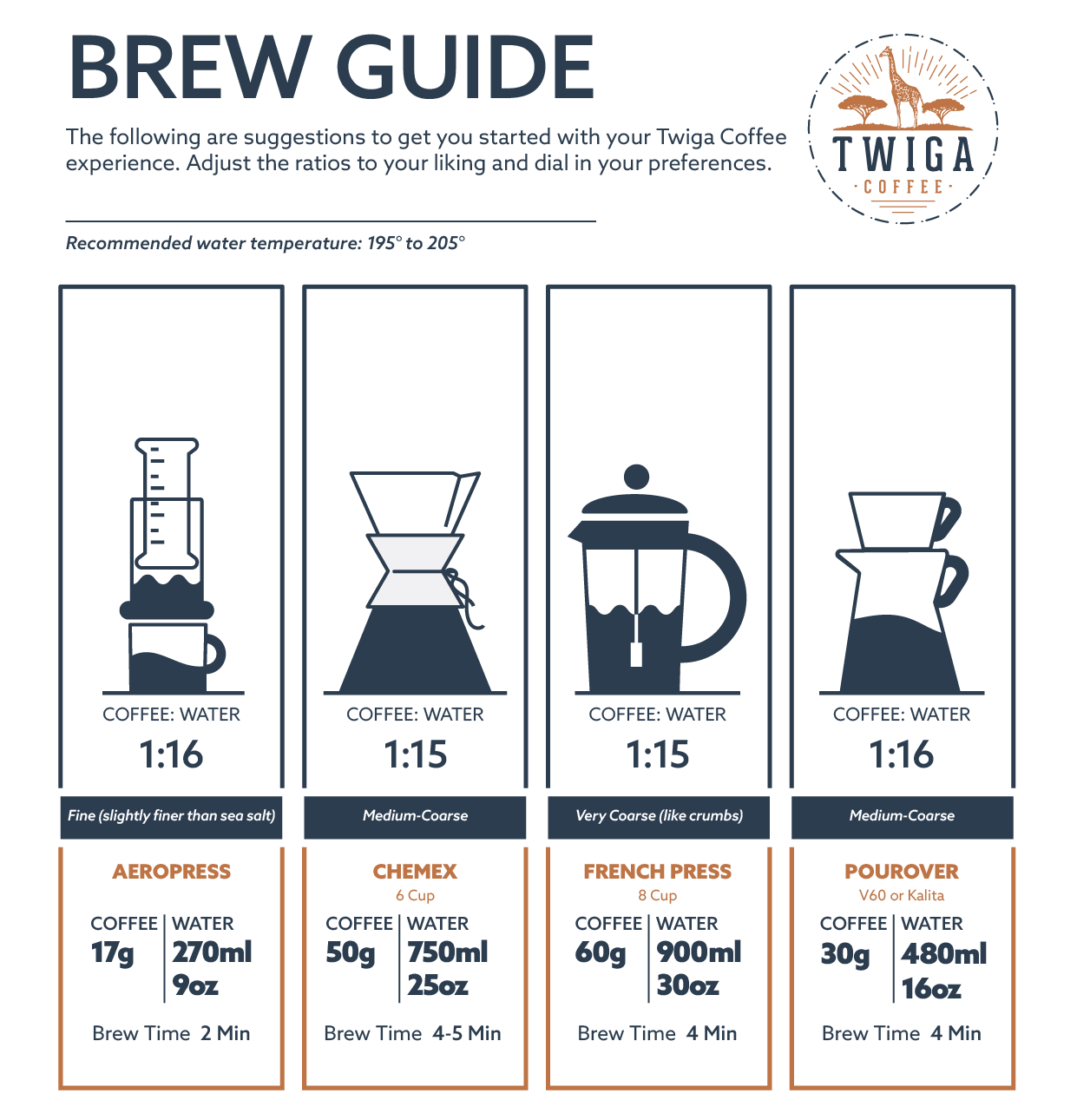Imagine waking up on a hot summer morning, craving a refreshing cup of cold brew coffee. The thought of waiting hours for the coffee to steep can be discouraging, but what if there was a quicker way? In this article, we’ll explore whether you can make delicious cold brew coffee right in your trusty French press. So grab your favorite mug and get ready to learn a new trick that could revolutionize your coffee routine.
What is cold brew?
Cold brew is a method of brewing coffee that involves steeping coffee grounds in cold water for an extended period of time, typically 12 to 24 hours. The result is a smooth, low-acidity coffee concentrate that can be diluted with water or milk and served over ice. Cold brew is known for its rich, bold flavor and is a popular choice for coffee lovers who prefer a less acidic and smoother tasting cup.
What is a French press?
A French press, also known as a press pot or plunger pot, is a simple and popular brewing device used to make coffee. It consists of a cylindrical glass or stainless steel container with a plunger and mesh filter. The French press brewing method involves adding coarsely ground coffee to the container, pouring hot water over it, allowing it to steep, and then pressing the plunger down to separate the brewed coffee from the grounds.
The process of making cold brew
Making cold brew in a French press involves several steps to ensure a delicious and smooth cup of coffee.
Choosing the right coffee beans
To make the best cold brew, it is important to choose the right coffee beans. Opt for beans that have been specifically labeled as suitable for cold brew or those that have a strong, full-bodied flavor. Dark roast beans are typically preferred for cold brew as they tend to have a more robust and rich flavor profile.
Grinding the coffee beans
The next step is to grind the coffee beans. For cold brew in a French press, it is recommended to use a coarse grind size. This is important because a finer grind can result in a bitter and over-extracted coffee. Aim for a consistency similar to that of breadcrumbs.
Preparing the French press
Before brewing, ensure that your French press is clean to avoid any unwanted flavors. Add the coarsely ground coffee to the bottom of the French press. The ratio of coffee to water will vary depending on personal preference, but a good starting point is a 1:4 ratio (one part coffee to four parts water). Adjust the ratio to make the cold brew stronger or weaker according to your taste.
Brewing the cold brew
Once the coffee grounds are in the French press, slowly pour cold, filtered water over them. Make sure all the coffee grounds are saturated with water. Gently stir the mixture to ensure even extraction. Place the lid on the French press, but do not press down the plunger.
Straining the cold brew
After the desired steeping time (usually between 12 to 24 hours) has passed, it’s time to strain the cold brew. Slowly press down the plunger of the French press to separate the coffee grounds from the liquid. The resulting cold brew concentrate can be stored in a separate container or directly in the French press for later use.
Advantages of using a French press for cold brew
Using a French press for cold brew offers several advantages over other brewing methods.
Versatility
One of the major advantages of using a French press for cold brew is its versatility. The same French press that is used for hot coffee can also be used to make cold brew. This makes it a convenient option for those who already own a French press and want to experiment with cold brew without purchasing additional equipment.
Easy to use
Another advantage of using a French press for cold brew is its simplicity and ease of use. The brewing process is straightforward and requires minimal effort. Once the coffee grounds and water are added to the French press, all that’s left to do is wait for the steeping time to be completed and then press down the plunger to strain the cold brew.
Extracts more flavor
Using a French press for cold brew allows for greater flavor extraction compared to some other methods. The immersion brewing technique of a French press allows the coffee grounds to steep in water for a longer period, resulting in a more concentrated and flavorful cold brew. This is particularly beneficial for those who enjoy a bolder and more robust cup of coffee.
Disadvantages of using a French press for cold brew
While there are numerous advantages to using a French press for cold brew, it is important to be aware of a few potential drawbacks.
Limited quantity
Due to the size limitations of a French press, the amount of cold brew that can be produced at once is limited. If you plan to make large batches of cold brew or frequently serve multiple people, a French press may not be the most practical option. However, smaller French press sizes can be ideal for individual servings or small households.
Possibility of sediment in the brew
Another potential disadvantage of using a French press for cold brew is the presence of sediment in the brew. Despite the mesh filter of the French press, some fine coffee particles may still make their way into the final cold brew. While this is not necessarily a problem for some, those who prefer a completely clear and sediment-free cold brew may find this to be a drawback.
Tips for making cold brew in a French press
To enhance your cold brew experience when using a French press, here are a few tips to consider:
Use coarse grind size
Using a coarse grind size is essential when making cold brew in a French press. This helps prevent over-extraction and the release of bitter flavors. Aim for a consistency similar to breadcrumbs for optimal results.
Use a higher coffee-to-water ratio
To achieve a stronger cold brew concentrate, consider increasing the ratio of coffee to water. Experiment with different ratios to find the perfect balance of strength and flavor according to your preferences.
Steep for extended periods
To extract the desired flavors from the coffee grounds, it is important to allow for a longer steeping time. While cold brew can be ready in as little as 12 hours, some enthusiasts prefer to steep it for up to 24 hours to achieve a more intense flavor.
Experiment with brewing times and temperatures
Feel free to experiment with different brewing times and temperatures to create a cold brew that suits your taste buds. Shorter steeping times can result in a milder and lighter cold brew, while longer steeping times can yield a stronger and more concentrated flavor.
Alternative methods for making cold brew
While using a French press is a popular method for making cold brew, there are alternative methods to consider:
Using a cold brew coffee maker
A cold brew coffee maker is a dedicated device designed specifically for making cold brew. These devices often have a larger capacity than a French press and may include features such as built-in filters or adjustable steeping times. Cold brew coffee makers can be a convenient option for those who regularly make large batches of cold brew.
Using a mason jar or pitcher
If you don’t have a French press or cold brew coffee maker, you can still make cold brew using a mason jar or pitcher. Simply add the coffee grounds and water to the container, stir to ensure even extraction, and then cover and let it steep. Once the steeping time is complete, strain the cold brew using a fine-mesh sieve or cheesecloth.
Choosing the right coffee for cold brew
The choice of coffee beans can greatly impact the flavor of your cold brew. Here are a few considerations to keep in mind:
Selecting a dark roast
When choosing coffee beans for cold brew, it is generally recommended to opt for a dark roast. Dark roast beans tend to have a more pronounced and robust flavor profile, which pairs well with the smooth and mellow characteristics of cold brew. However, feel free to experiment with different roast profiles to find your preferred taste.
Choosing single-origin beans
Single-origin beans, which are sourced from a specific geographic region, can bring unique flavors and complexities to your cold brew. Consider exploring different single-origin coffees to experience the nuances of various growing regions and find the flavor profile that appeals to you the most.
Storing and serving cold brew
Proper storage and serving of cold brew can help preserve its freshness and flavors. Here are a couple of tips to keep in mind:
Storing in the refrigerator
Cold brew should be stored in the refrigerator to maintain its quality. Pour the cold brew into a clean, airtight container and place it in the refrigerator. It can typically be stored for up to two weeks, but the flavors may start to diminish over time. For the best taste, consume the cold brew within the first few days of brewing.
Serving cold brew over ice
To enjoy your cold brew, simply pour it over ice and dilute it with water or milk according to your preference. Cold brew is often served in a concentrate form, so feel free to adjust the strength by adding more or less water. Consider adding flavorings such as vanilla syrup or a splash of cream to personalize your cold brew experience.
Conclusion
Making cold brew in a French press is a convenient and accessible method that allows you to enjoy the smooth, rich flavors of cold brew coffee at home. By choosing the right coffee beans, utilizing the proper grind size, and following the brewing steps, you can create a delicious cold brew concentrate that can be enjoyed over ice or diluted with water or milk. While a French press has its advantages and disadvantages, it remains a popular choice for cold brew enthusiasts looking for a simple and versatile brewing method. So go ahead, grab your French press, and start brewing your own cold brew coffee today. Your taste buds will thank you!




